The Many Patents of Steve Jobs
New York Times has a fantastic, interactive tribute to the brilliance of Steve Jobs and the 317 Apple patents he’s listed as one of the inventors of.
As sad as his loss is, we must also rejoice in the great ways he’s improved our lives, and strive for the same level of excellence that he maintained.
Drilling Square Holes with a Reuleaux Triangle
Circular motion can be converted into a four-sided square using the Reuleaux triangle. The process relies on the property of Reuleaux triangle’s diameter being consistent across all points, and when rolled and rotated simultaneously, tracing a square area with slightly rounded corners. By slightly altering the shape of the triangle to mimic a drill bit (for cutting and extracting material), a drill with a specialized rotating chuck can create perfect, four-sided holes. These drills were pioneered by Harry Watts, and can still be found today, albeit not at your typical home improvement store.

The following is a bit of literature that helps explain and illustrate the concepts behind the Reuleaux triangle. Please check out more of Prof. Smith’s work here.
Using Your Bandsaw as a Sawmill to Cut Logs Into Boards
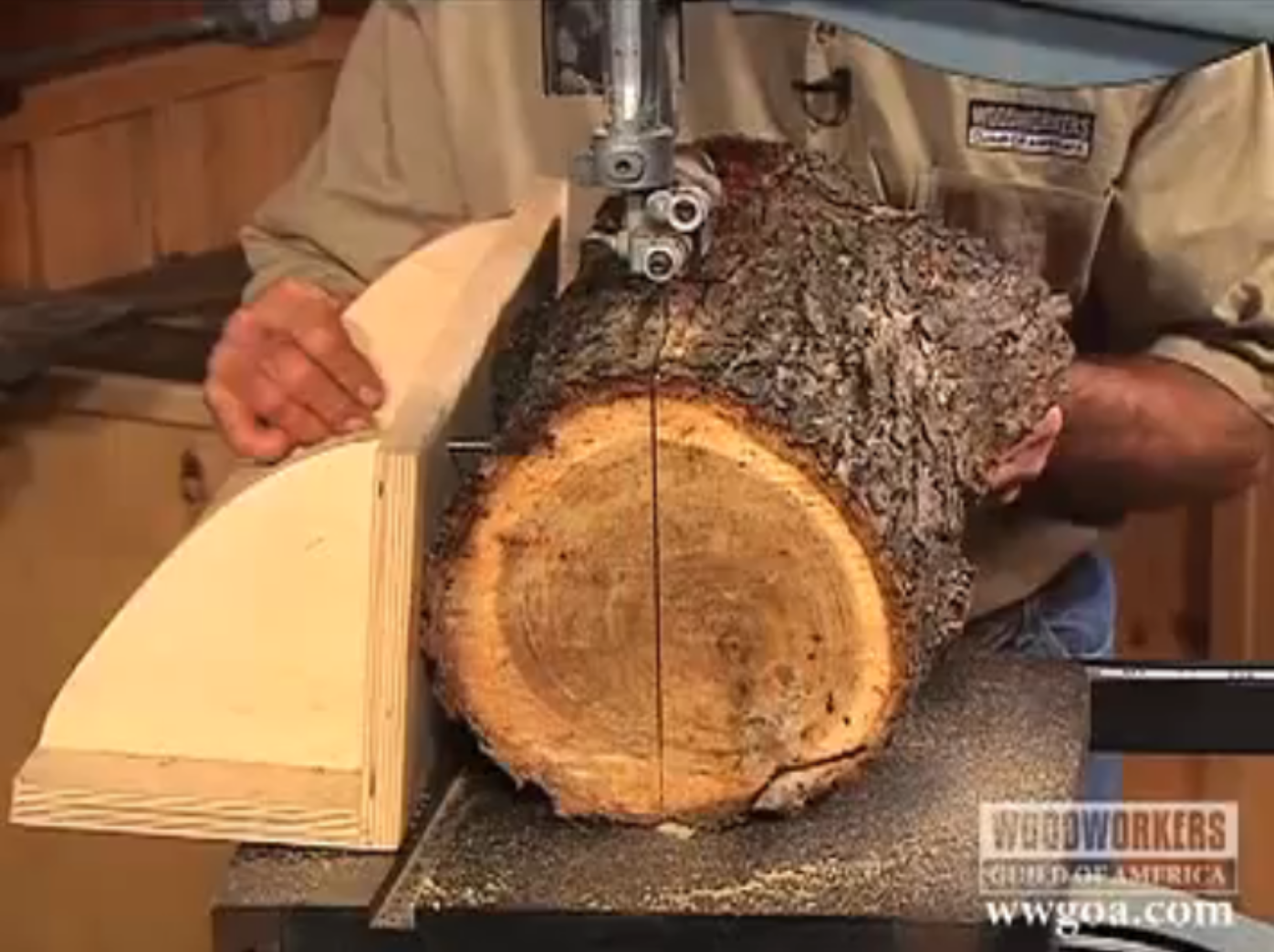
On my recent “Secret Surveilance Garden Birdhouse” project, I used some resawn lumber from a felled tree as an overlay for a rustic look. Making planks on a bandsaw isn’t too hard, but there are a few considerations to keep in mind when doing so–the most important being the propensity for round logs to roll during cutting, which can result in blade binding or worse.
This video from George Vondriska shows some useful tips on how to use your bandsaw as a sawmill. One of the smart things done right at the start of the project is connecting the log to a right-angle jig, holding the pieces in place. After two cuts are made (one for the face, one to keep the bottom steady), the fence is put in place, and planks of your desired thickness can be cut. A great way to reuse the wood from cut trees that would otherwise be discarded.
Some helpful notes from the comments on the video page: The logs should be cut while still green (freshly cut, not dried); the planks should be allowed to dry for one year. A resawing blade at least 1/2″ thick wide with 3-4 teeth per inch is recommended. Standing the planks on end helps keep the ends from splitting during the drying phase–otherwise, the ends should be coated or painted.
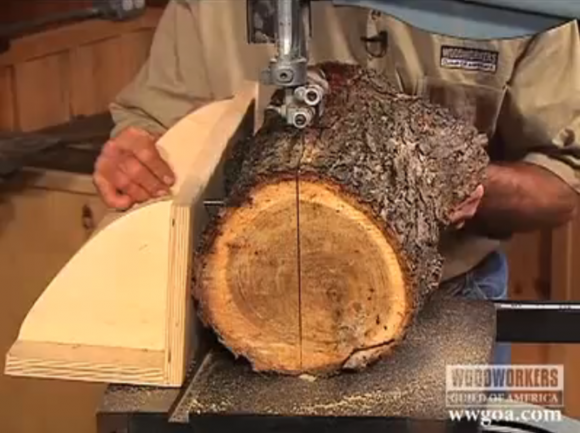
Get Gnarly On Your Own Homemade Gravity Bike

Take a bike with no pedals and a super low center of gravity, head to the top of the tallest hill you can find, and let gravity do the rest. Gravity biking, kissing cousins with downhill skateboarding, is a niche sport that attracts extreme racers who are happiest when they average 50mph and peak out as high as 80mph.
Instructables user Harlan Whitman posted a thorough writeup on how to build your own mean gravity machine from scratch. I dig the kneeling pad assembly and his use of hole saws to mate the tubes.
The details from his writeup: Read More
Inch to Decimal to Millimeter Conversion Poster

I need one of these posters for my shop. From what I hear you can get yours at McMaster or MSC, although I haven’t found a full size one yet. But I did stumble across this book, and it looks good: Home Machinists Handbook
Here’s an online conversion table that can help in a pinch, too.
|
|
Tormach 770 CNC Mill Review – My Writeup in Wired Magazine
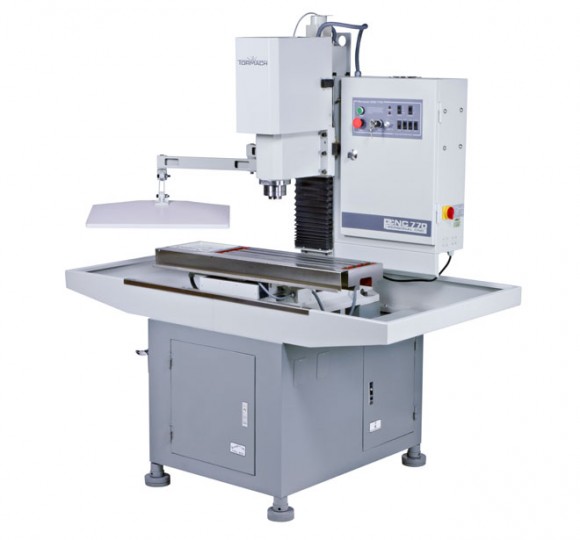 CNC machines are awesome, computer-controlled tools that use digital files to output some incredible creations. CNC routers will cut large (or small) pieces of material into precise, repeatable designs. CNC mills allow you to carve intricate projects in materials from foam to steel. And CNC lathes make cylindrical components that range in complexity, from baseball bats to precise titanium aerospace components.
CNC machines are awesome, computer-controlled tools that use digital files to output some incredible creations. CNC routers will cut large (or small) pieces of material into precise, repeatable designs. CNC mills allow you to carve intricate projects in materials from foam to steel. And CNC lathes make cylindrical components that range in complexity, from baseball bats to precise titanium aerospace components.
These amazing machines have started dropping into the price range that makes them accessible to the everyday user in their home workshop. Quite a few are available, but one company is getting high praise for its product and its stellar customer service – Tormach. I recently reached out to them and one of their users to discuss their entry-level machine, the PCNC 770, for Wired magazine.
If you can get to the store and grab the September 2011 issue, check it out. Otherwise, the article can be read online here.

A Review of a Slice of Vegan Pizza from LA’s Pizzanista

As a pizza-geek living in Los Angeles for the past few years, I’ve been pretty disappointed with the pies that are available to me and the other 4 million hungry people in this city. Even the buzziest pizza places with the best reviews tend to be bland and generic (I do like Mozza, though). So a few nights ago, when I got an email about a new joint called Pizzanista! in downtown LA, I didn’t pay much attention–until I noticed that they serve vegan slices, and offer them for $2 on Tuesdays along with regular cheese and pepperoni. I haven’t been able to have pizza slices since starting my vegan experiment almost four years ago, and suddenly my mouth was watering for something triangular and delicious. Read More
Rubberband Trick for Removing Stripped Screws
This isn’t new, and I didn’t come up with it. And, some people say it doesn’t even work that well. But still, for a not-too-tight screw that you just can’t get some pliers around, give this a shot.
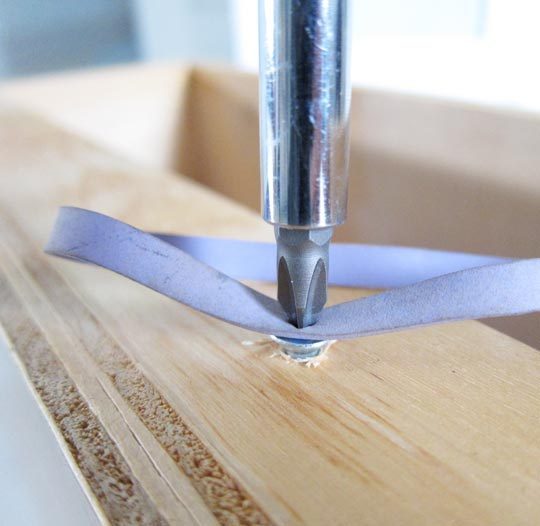
(via apartmenttherapy)
Unexpected Celebrity DIY Book: Build and Repair With Concrete, with Don Knotts

When it comes to trustworthy home tips, there’s one name I always look for.
Unfortunately for this publisher, that name is not Don Knotts.
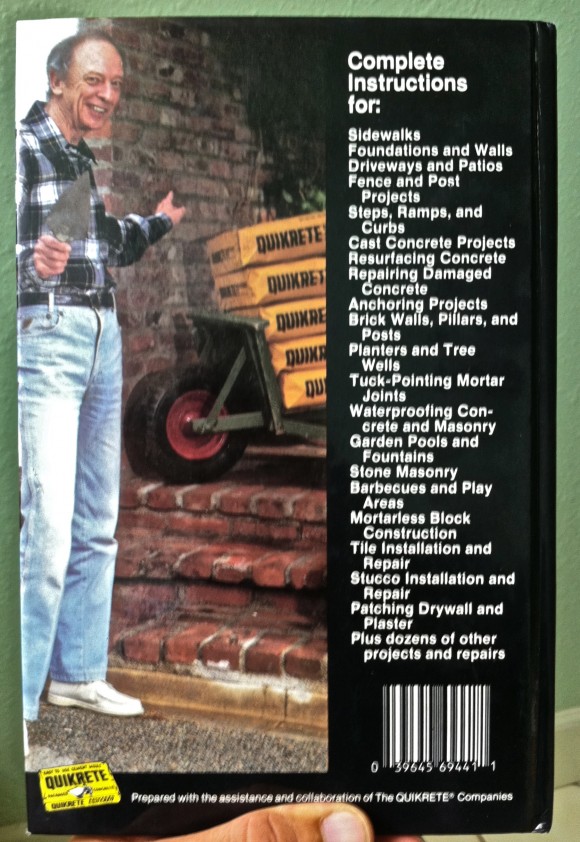
Build and Repair With Concrete : The Complete Do-It-Yourself Manual
(Found this gem of a book in my friend’s parents’s house.)
Another iPhone-as-Audio-Recorder Approach: Handheld Mic
A couple months ago I posted about how to improve your video projects by using an iPhone to record improved audio. I described a system that mimics a lavalier (clip-on) mic, by putting the phone in your shirt pocket, or even on the desk next to you.
Jeremiah Warren (the guy who strapped a camera to some fireworks) took the same concept and expanded it a step further — using the iPhone as a handheld microphone in his latest video (about cooking food on the hot dashboard of your car). The interesting thing about this approach is that it creates the concept of a handheld microphone with a built-in-audio recorder, rather than the system where the mic wirelessly connects to a separate recorder. This creates the option of having as many channels of audio as you have microphones (I’m envisioning a full concert with all the instruments and individual drums recorded on a multitude of iPhones). Of course, the iPhone doesn’t have the ergonomics a handheld mic does, nor does it have the same microphone patterns that the variety of mics used for various instruments, sound levels, and recording environments require, but still something I might have to play with…
And get a kick out of the windscreen!


